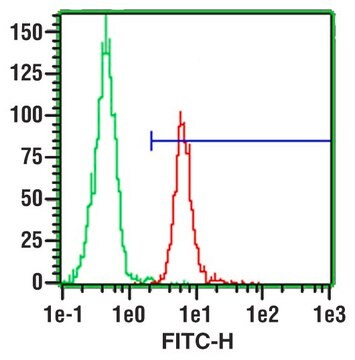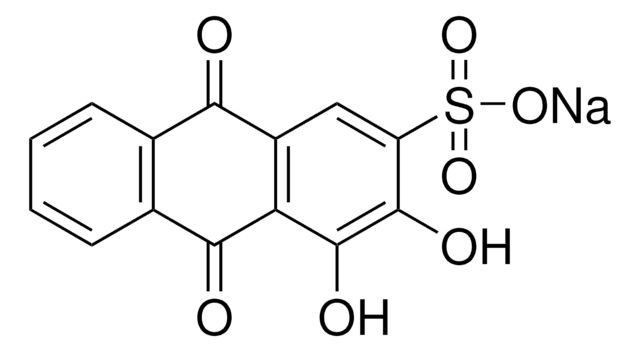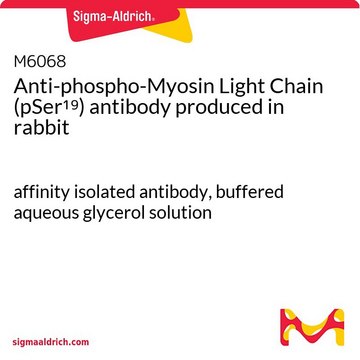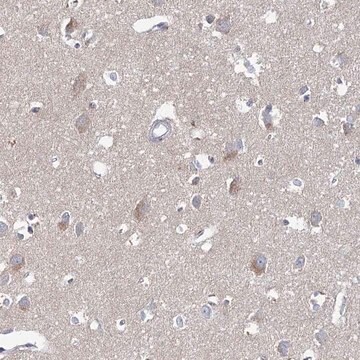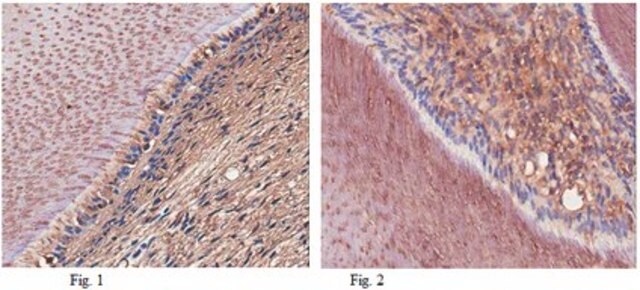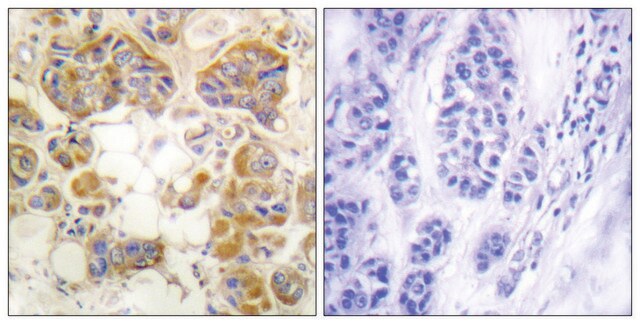ECM815
Osteogenesis Quantitation Kit
The Osteogenesis Quantitation Kit provides all the necessary reagents & a protocol to enable quantification of osteogenesis using a standard plate reader.
Synonym(s):
Bone Formation Kit, Osteogenesis Detection Kit
About This Item
Recommended Products
Quality Level
manufacturer/tradename
Chemicon®
technique(s)
cell based assay: suitable
detection method
colorimetric
shipped in
wet ice
General description
The kit includes Alizarin Red Solution, a staining solution which can be used to visually detect the presence of mineralization in bone tissue. Also included are reagents for extraction of Alizarin Red from stained cells, and a protocol for performing quantitative analysis of the extracted Alizarin Red. Enough reagents are provided to perform 48 quantitation assays on 24 well plates.
For Research Use Only. Not for use in diagnostic procedures.
Application
One vial containing 5 mL of ARS (Alizarin Red Stain) Diluent is provided. Add 5 mL of 80% Acetic Acid for a final volume of 10 mL before use.
Cell Structure
Components
10% Acetic Acid: Part No. 2004807, One bottle containing 20 mL of 10% Acetic Acid in deionized water. Store at 2-8°;C.
10% Ammonium Hydroxide: Part No. 2004809, One bottle containing 10 mL of 10% Ammonium Hydroxide in deionized water. Store at 2-8°C.
10X ARS Dilution Buffer: Part No. 2004810, One vial containing 5 mL of ARS (Alizarin Red Stain) Diluent. Add 5 mL of 80% Acetic Acid for a final volume of 10 mL before use. 80% acetic acid is not included with the kit. Store at 2-8°C.
Storage and Stability
Legal Information
Disclaimer
Signal Word
Danger
Hazard Statements
Precautionary Statements
Hazard Classifications
Aquatic Acute 1 - Aquatic Chronic 2 - Eye Dam. 1 - Skin Corr. 1B - Skin Sens. 1 - STOT SE 3
Target Organs
Respiratory system
Storage Class Code
8B - Non-combustible corrosive hazardous materials
Flash Point(F)
Not applicable
Flash Point(C)
Not applicable
Certificates of Analysis (COA)
Search for Certificates of Analysis (COA) by entering the products Lot/Batch Number. Lot and Batch Numbers can be found on a product’s label following the words ‘Lot’ or ‘Batch’.
Already Own This Product?
Find documentation for the products that you have recently purchased in the Document Library.
Our team of scientists has experience in all areas of research including Life Science, Material Science, Chemical Synthesis, Chromatography, Analytical and many others.
Contact Technical Service
